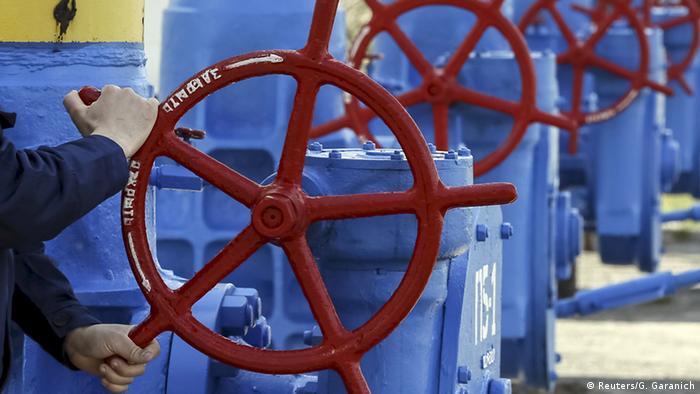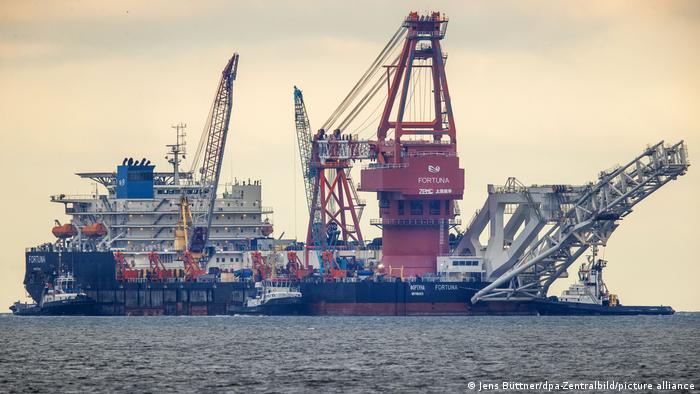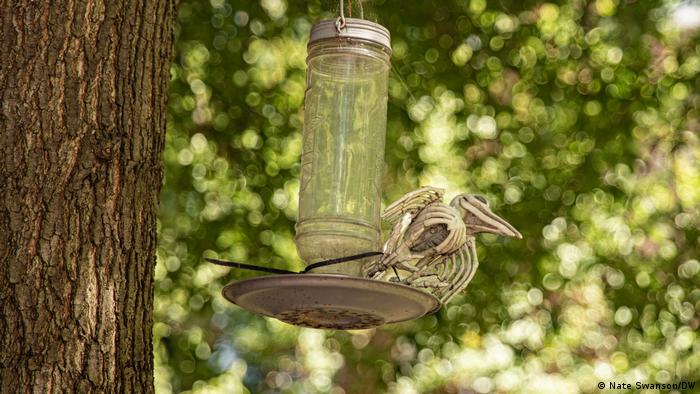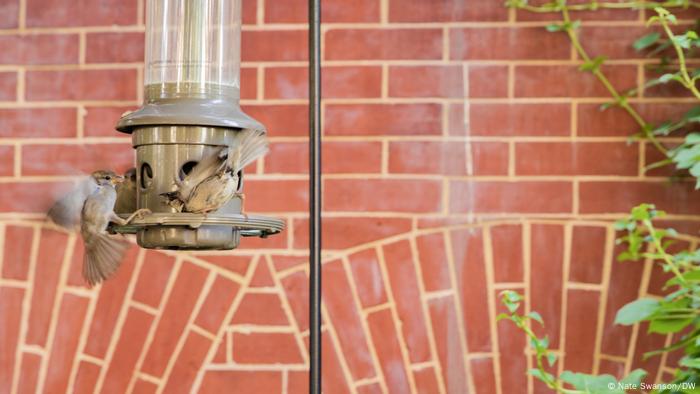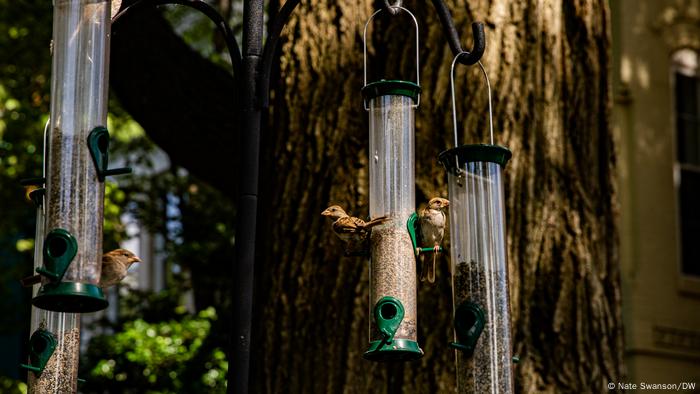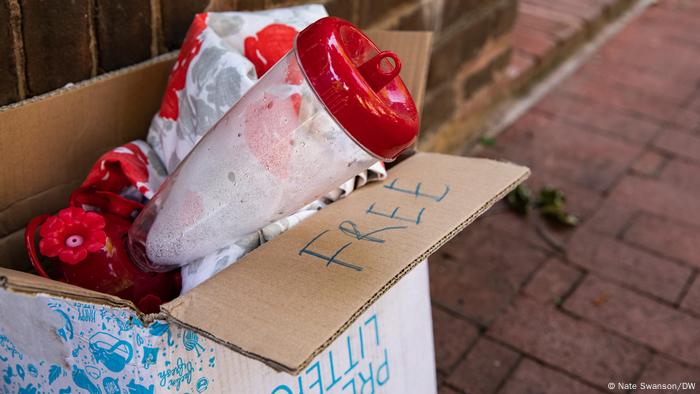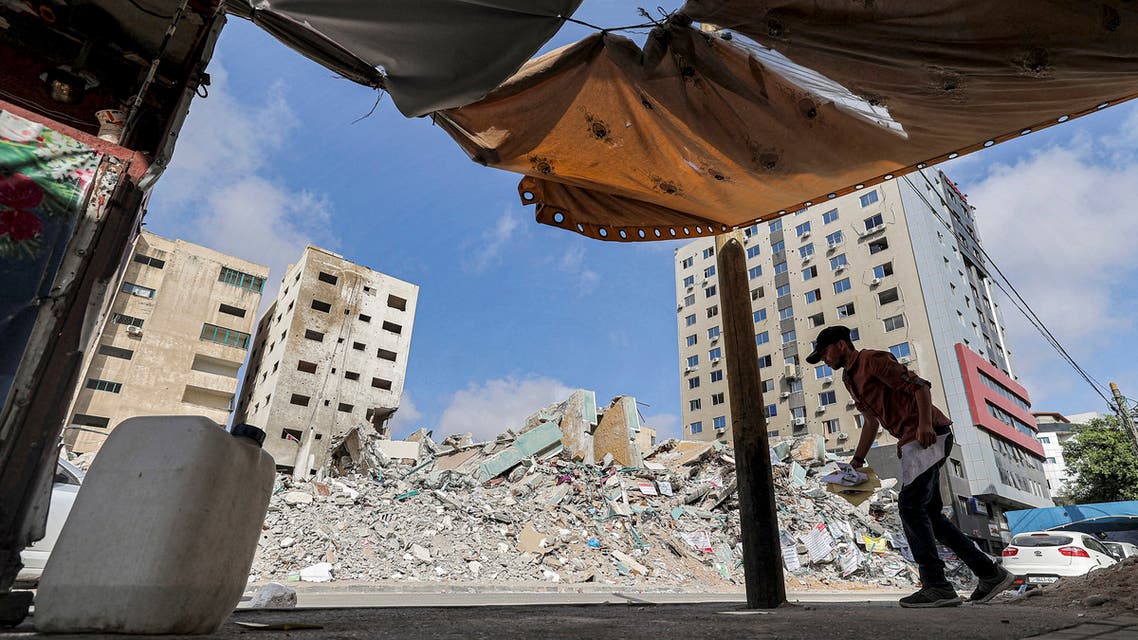Billionaires stepping in to partially restore the UK’s foreign aid budget has been described as ‘embarrassing’
Lamiat Sabin@LamiatSabin

The Bill and Melinda Gates Foundation is reported to be one of the world’s largest charities
(AP)
The government is under increasing pressure to reverse its multibillion-pound cut to foreign aid, after a group of charities and super-rich philanthropists pledged to help plug the gap with emergency funds.
Criticism of the government’s cut, which equates to a shortfall of £4 billion a year, came from Labour and the Archbishop of Canterbury.
It comes after a report revealed that the consortium of charities, which includes the Bill and Melinda Gates Foundation, will today pledge more than £100 million to a one-year plan to partially replace the cuts
The donation by the charities – including the Children’s Investment Fund Foundation, the ELMA Foundation and Open Society Foundations – is to target projects tackling preventable diseases and offering family planning, according to The Sunday Times.
The UN’s family planning agency (UNFPA) is set to lose about 85 per cent of its funding from the UK, a cut of approximately £130m.
Prime minister Boris Johnson’s government had announced in November last year a reduction in foreign aid from 0.7 per cent of national income – which is enshrined in law – to 0.5 per cent.
The government said the financial impact of the Covid-19 pandemic had forced ministers to take “tough but necessary decisions”.
As a group of about 50 Tory MPs, including Mr Johnson’s predecessor Theresa May, continues to demand a Parliamentary vote on the government’s decision to slash the foreign aid budget
The emergency funding from the charities was welcomed by the Archbishop of Canterbury, Justin Welby, who said it was “desperately needed”, but he called on the government to restore its commitment to spend 0.7 per cent of national income on foreign aid.
Labour’s shadow international development secretary Preet Kaur Gill said the philanthropists’ decision to step in had embarrassed the UK.
“This is a shameful moment for this Conservative government,” Ms Gill said in a statement.
“As low income countries continue to battle against the pandemic, this contribution to try and plug some of the gap left by the government’s slashing of life saving paid programmes is welcome, but it will only be able to prevent the very worst of the damage caused.
“The government’s decision to cut the aid budget, against the wishes of Parliament, has already cost lives and they must reverse it or put to a vote as soon as possible.”
A government spokesperson has said that the UK will “return to spending 0.7% of GNI [gross national income] on international development as soon as the fiscal situation allows.”




